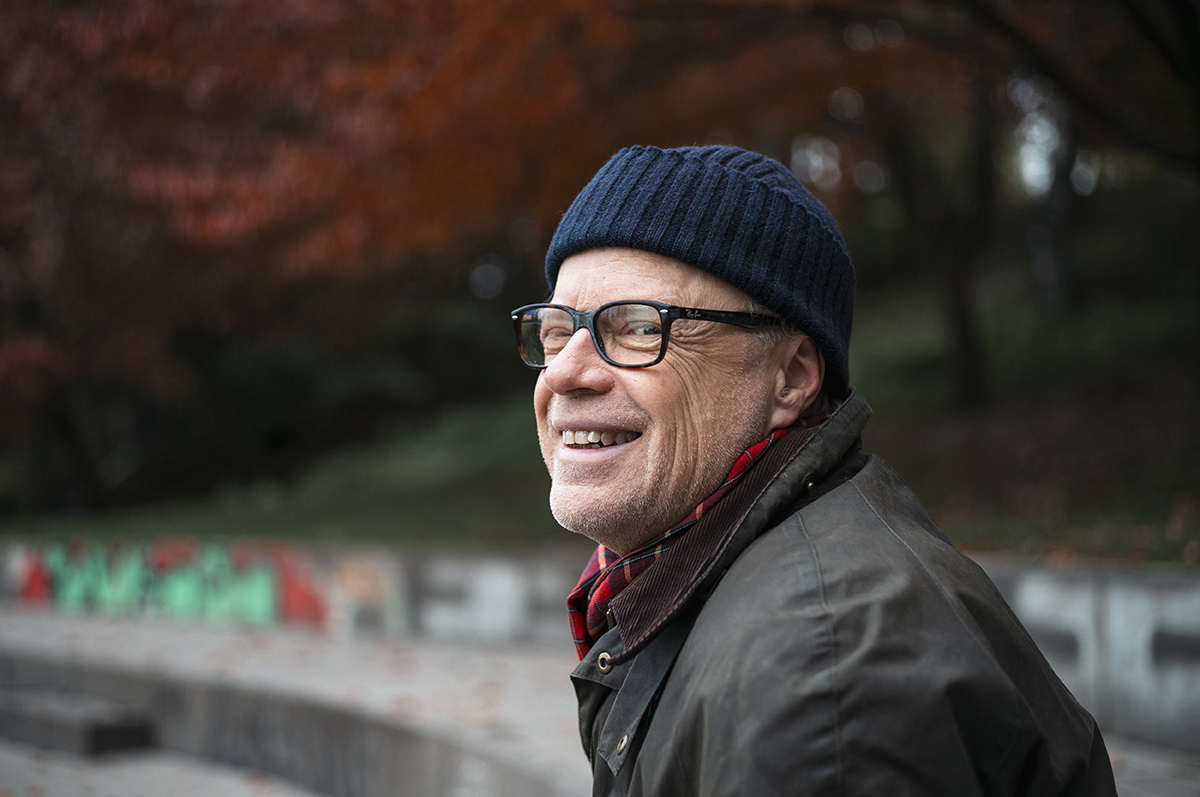With a long academic career, Esa Kirkkopelto has worked as a professor of artistic research at the Theatre Academy and University of the Arts Helsinki (2007-2018) and later in a similar position at the University of Lund. Kirkkopelto is a dramaturge and has a PhD.
In Tampere, Kirkkopelto starts working in a new professorship focused on artistic research.
— Nowadays, I try to put it simply: artistic research is the study of artistic phenomena. Artistic phenomena are artistically produced, which means that to be able to study them the researcher himself must be an artist or in an artist’s role. I also take a critical stance on the prevailing liberal view of seeing artistic research as an umbrella term for a wide range of approaches. One of the purposes of my definition is to promote the interdisciplinarity of artistic research, Kirkkopelto clarifies the concept of artistic research
In Tampere, Kirkkopelto plans to first take up literary work together with professor Pauliina Hulkko.
“The first thing I have to do, together with professor Pauliina Hulkko, is to complete our work on actor’s dramaturgy, which will be published in a manual-like format. We have been working on it for a long time. It aims to promote a more researched-based approach to the education of actors, Kirkkopelto says.
Kirkkopelto sees interesting cooperation opportunities at the multidisciplinary Tampere University:
— The opportunities are plenty and various. I will begin my work by mapping out what kind of initiatives and interests there are in other fields of study and how they accept my ideas. For me, it is essential that the artistic evidence produced by the stage performance and the performer is relevant for the other fields, so that art does not fall into a purely applied or illustrative role.
The job description of the new professorship includes building and expanding an artistic research community. Kirkkopello has previous experience in building research communities in both the Theatre Academy and Lund University. In Tampere University, the research on performing arts has been partly under The Centre for Practice as Research in Theatre. Now that the Research Centres of the Faculty of Information Technology and Communication Sciences are undergoing a reform, it is time to create something new.
— I’m a community builder by nature, but never before has the community under construction been as multidisciplinary as here. I’ve been looking for an opportunity like this for a long time. I know there will be challenges, but they are also gateways to something completely new.
One of the criteria for his appointment were Kirkkopelto’s extensive international networks in universities in the Baltics and the Nordic countries, among many others.
— I have long cherished the idea that the postdoc phase of artistic research should primarily be built in international cooperation. Thus far, there has been no opportunity for that. How about we start doing that from Tampere? Currently, I am also on the board of the Society of Artistic Research and I hope to be able to promote this idea there. The direction, quality and volume of the research cooperation is determined by the foci we decide to adopt together, Kirkkopelto says.
An important part of artistic research and Kirkkopelto’s work will be collaboration with students.
— Over the years, I have organised workshops with Näty’s students and the experiences have certainly been positive for both them and me. The practical aspect is also an essential part of my research. The theory must be proven in artistic and pedagogical practice. Although ‘speculation’ is fashionable in the field of art and research, personally I don’t like it, Kirkkopelto says.
Kirkkopelto’s research focuses on the deconstruction of the performing body, both in theory and in practice, especially as an event of scenic transformation and virtualisation, where the word becomes a part of the body or the bodies begin to speak:
— My book Logomimesis: Tutkielma esiintyvästä ruumiista was published in 2020 is currently being translated, and refining the translation has taken up most of my time this year. The themes derived from the work, especially those regarding virtuality, are under further development. I hope to improve them in Tampere as well.
Kirkkopelto does experimental theatre, and he has both worked on and researched the renewal of stage expression with the group Toisissa tiloissa. In the autumn, Kirkkopelto starts working part-time as he is, among other things, also working on artistic projects.
— Before I was appointed professor, I had already committed to many projects for the next year. In the spring, I will direct a dance work called Muinaiset taikurit for Zodiak. The group’s 20th anniversary is next year. We are working on both a new premiere, Valaistumiskone, and a comprehensive public presentation of the numerous transformation exercises developed by the group. It remains to be negotiated how and what I can be involved in along or within my work as a professor. However, I am not going to abandon artistic work. It is the foundation of my research, and all the findings that I bring to a joint review come from it.

